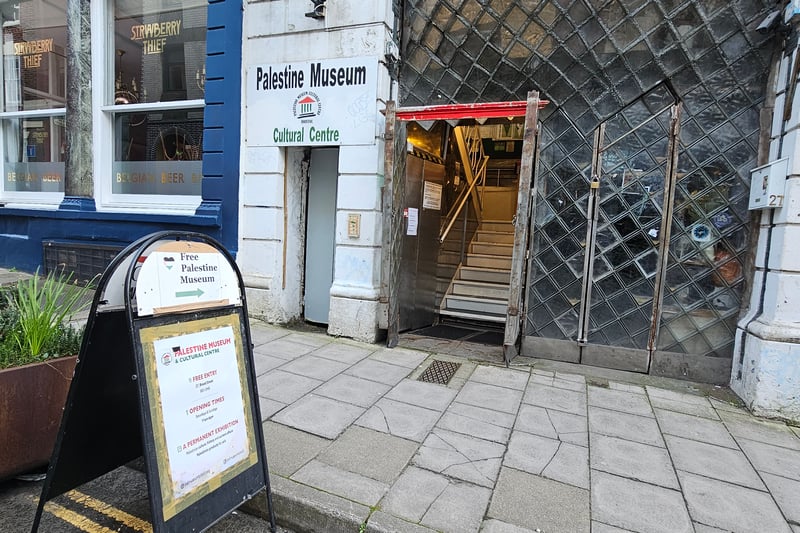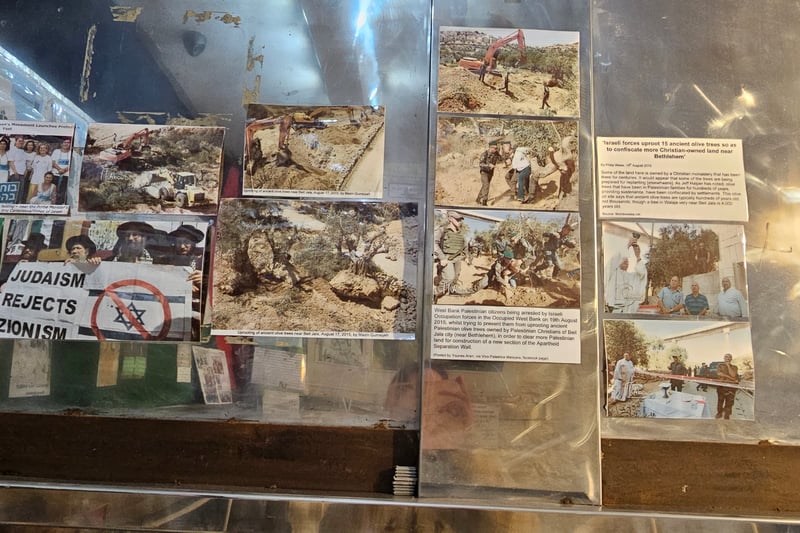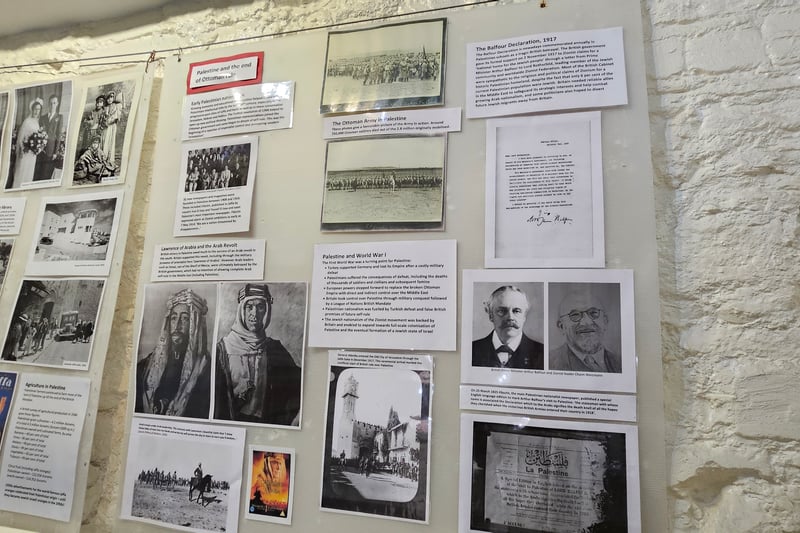Tucked away in Broad Street, Bristol's Palestine Museum & Cultural Centre is a permanent exhibition of Palestinian heritage, culture and life.
The museum was opened in June 2013 - after Palestinians won 'upgraded status' at the United Nations - by local community workers Eddie and Rita to educate "ordinary people about the truth and the facts, past & present, of the Palestinian people," and is the only museum of its kind in Europe.
The museum covers Palestinian history from the late 19th century to current-day events. The exhibit includes unique photographs and clothing from Palestine and a display about Bristol's activism. There is also a selection of fair trade Palestinian products for sale, including olive oil, dates, za'atar and unique handicrafts.
The Palestine Museum is free and run by volunteers. It's open to the public on Saturdays and Sundays from 11am to 6pm and weekdays upon special request (at least a couple of days' notice for individual visits and two weeks in advance for groups).
A bit more than one hour is needed to appreciate all the details of the museum. Unfortunately, there are only stairs leading to the museum, making it not wheelchair-friendly.
Here are 43 images from our visit to the Palestine Museum & Cultural Centre:

1. Entrance
The Palestine Museum is open to the public on Saturdays and Sundays from 11am to 6pm and on weekdays upon special request (at least a couple of days' notice for individual visits and two weeks in advance for groups).

2. Ancient Olive Tree
The photo display near the entrance discusses how ancient Palestinian olive trees owned by Palestinian Christians of Beit Jala City (near Bethlehem) were uprooted to clear more land for the construction of a new section of the Apartheid Separation Wall.

3. Palestine under Ottoman Rule
The display explains how Muslims ruled Palestine almost continuously from 630CE until the Turkish Empire's defeat in World War I. They generally tolerated other religions and encouraged economic and intellectual progress, with Jerusalem becoming the centre of Muslim faith and learning and its beautiful stone buildings enhanced by Palestinian mosaics and glasswork. The Turkish Ottoman rule took control of Palestine in 1517.

4. Post Ottoman Rule
The information board discusses how World War I was a turning point for Palestine as European powers stepped forward to replace the broken Ottoman Empire with direct and indirect control over the Middle East. Palestinians had suffered the consequences of Turkey's defeat, including the deaths of thousands of soldiers and civilians and subsequent famine. Britain took control over Palestine through military conquest followed by a League of Nations British Mandate. The Jewish nationalism of the Zionist movement was backed by Britain and enabled it to expand towards full-scale colonisation of Palestine and the eventual formation of a Jewish state of Israel.